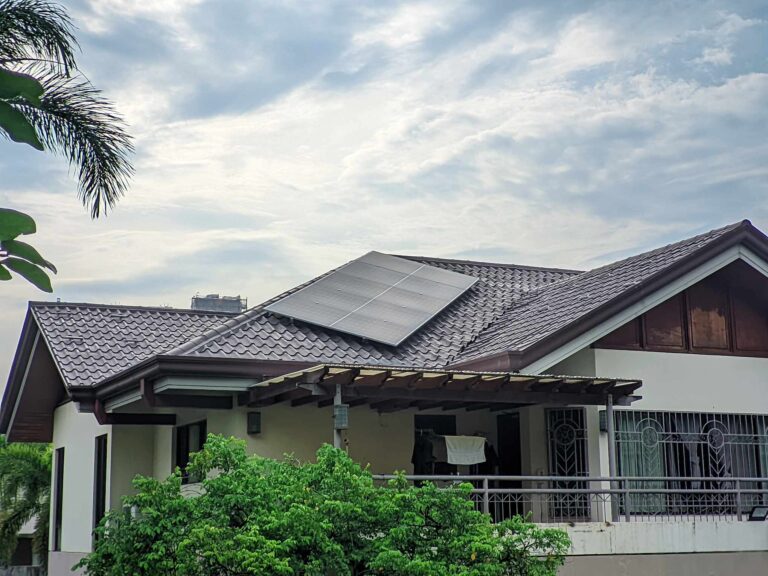
A Glimpse Into the Future Philippines with 100% Solar-powered homes and businesses
Imagine waking up tomorrow in the Philippines and learning that every home, business, and jeepney is now powered by the sun. No more coal-fired plants in Mindanao, no more diesel generators in the provinces—just clean, renewable energy from solar panels spread across rooftops, schools, and open fields.
It might sound like a fantasy, but what would really happen if the world—including our archipelago—suddenly shifted to solar power? Let’s break it down year by year and see how this would impact our environment, economy, and daily lives.
🇵🇭 Year 1: Clearer Skies and Quieter Streets
In the first year, Metro Manila’s air quality would instantly improve. With fewer fossil fuels being burned, the smog that hangs over EDSA and Pasig would begin to clear. Residents in cities like Cebu, Davao, and Baguio would notice cooler temperatures and fresher air. Respiratory issues like asthma, especially among children and the elderly, would decrease.
In the provinces, solar panels would begin replacing diesel-run “gensets”, especially in off-grid areas. Barangays in remote islands like Palawan or Basilan could enjoy reliable electricity for the first time without harming the environment.
Of course, transitioning so quickly might cause some temporary disruptions. Our power grid would need rapid upgrades, and workers in fossil fuel industries would need support. But the long-term benefits would soon outweigh the growing pains.
Year 5: Nature Begins to Breathe
By year five, the Philippines would see greener mountains, cleaner rivers, and healthier marine life. Fewer fossil fuel spills and lower air and water pollution would help ecosystems—from the rice terraces of Ifugao to the coral reefs of Tubbataha—begin to recover naturally.
With CO₂ levels dropping both globally and locally, we could expect more stable weather patterns. Typhoons might still come, but they may be less intense due to the slowing of global warming. This matters greatly to a country like ours that faces over 20 storms a year.
Solar-powered fishing boats, schools, and irrigation systems would become more common, especially in agricultural and coastal communities. These innovations would empower people, reduce poverty, and help protect the environment all at once.
Year 10: A Healthier Bayan
Ten years in, the benefits would become even clearer. Healthier air and water would lead to lower healthcare costs and better quality of life. Food grown in solar-powered farms would be safer and more abundant, supporting local economies and nutrition.
By now, even remote islands—like those in the Visayas or Bangsamoro region—would be fully solar-powered, with communities thriving thanks to stable energy access.
Global emissions would have dropped significantly, helping cool the planet. This could mean less coral bleaching, better fish stocks, and a revived tourism sector centered around eco-tourism, not environmental damage.
Year 15: A Solar-Powered Culture
At year fifteen, a solar mindset would be embedded in Filipino life. Schools would teach renewable energy as part of the core curriculum. Solar-powered transportation, like electric jeepneys and buses, would dominate the roads, reducing noise and air pollution.
Instead of being dependent on imported fuel, the Philippines would be an energy-independent nation, saving billions in oil imports and investing more in local development.
Cities would start to look greener—with vertical gardens, solar-powered streetlights, and eco-efficient buildings. The bayanihan spirit would live on, but this time, it would be about communities coming together to sustain the planet.
Year 20: A Legacy of Clean Energy
Twenty years after the big shift, we’d be living in a radically transformed Philippines. Climate-related disasters would still exist, but they’d be far less destructive. Sea levels might stabilize. Mangroves and rainforests would be protected by strong local laws and empowered citizens.
Children born today would grow up in a cleaner, quieter, more climate-resilient country. They’d ask us what it was like when blackouts were common, or when Manila Bay was covered in smog, not solar-powered boats and birds.
And best of all, we’d have proven that it’s possible—not just for us, but for the world.
🌍 Why Wait?
The Philippines has everything to gain from solar power: sunshine all year round, a vulnerable environment that needs protection, and people ready to innovate and adapt.
We don’t need to wait for the rest of the world to catch up. Every solar panel installed today is an investment in a healthier, safer, and more sustainable tomorrow.
Let’s rise with the sun. 🌞
Want to get the estimate cost for your solar installation? Try our free Solar Calculator to find the perfect system for your needs HERE.
